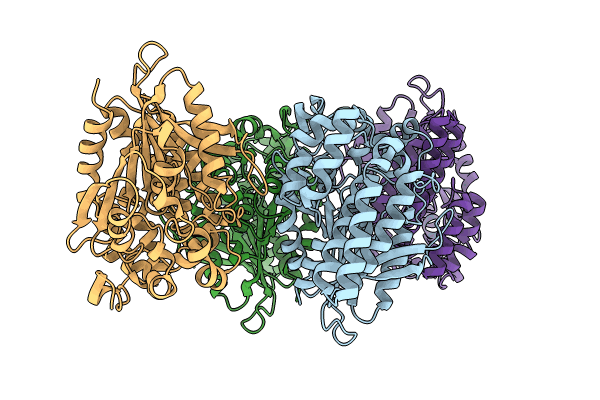
Deposition Date
2023-08-28
Release Date
2024-03-13
Last Version Date
2024-06-19
Entry Detail
PDB ID:
8QD1
Keywords:
Title:
Ayg1p from A. fumigatus catalyzes polyketide shortening in the biosynthesis of DHN-melanin
Biological Source:
Source Organism:
Aspergillus fumigatus (Taxon ID: 746128)
Host Organism:
Method Details:
Experimental Method:
Resolution:
1.70 Å
R-Value Free:
0.19
R-Value Work:
0.16
R-Value Observed:
0.16
Space Group:
P 1 21 1


